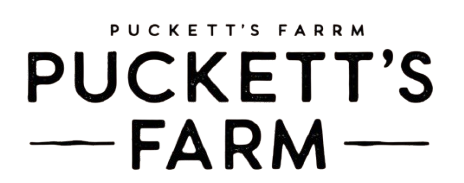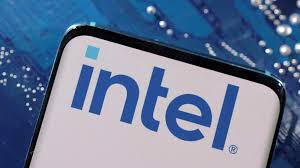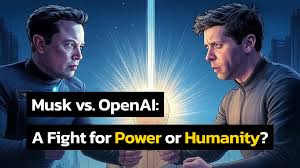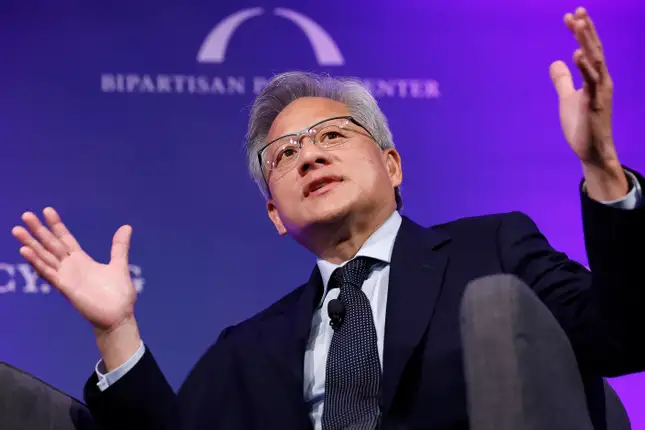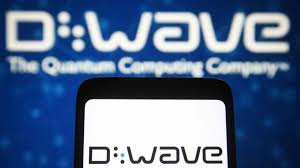Intel’s New CEO Lip-Bu Tan: The Mastermind Set to Revolutionize the Chip Industry!
Intel Corporation has taken a high-stakes gamble by appointing Lip-Bu Tan as its new CEO, a decision that has already sent shockwaves through the semiconductor industry. The leadership shake-up, announced on March 18, 2025, has investors hopeful that Tan can steer the struggling tech giant back to dominance after years of market share losses and manufacturing setbacks.
Who Is Lip-Bu Tan?
Tan is no stranger to the semiconductor world. Before joining Intel, he was the CEO of Cadence Design Systems, where he played a crucial role in advancing chip design technologies and boosting revenue growth. He is also the founder of Walden International, a venture capital firm focused on investing in semiconductor, AI, and digital media companies.
With decades of experience in chip innovation, strategic investments, and corporate turnarounds, Tan seems like the ideal candidate to help Intel reclaim its spot as an industry leader.
Market Reacts as Intel Stock Surges
Wall Street responded quickly to the news, with Intel’s stock jumping 12% in extended trading, reflecting renewed investor confidence. The rally suggests that many believe Tan has what it takes to lead Intel out of its current struggles and into a new era of technological dominance.
The Challenges Ahead
Despite the initial optimism, Intel faces massive hurdles. The company has fallen behind rivals like Nvidia and AMD, losing its grip on key markets, including AI chips, high-performance computing, and semiconductor manufacturing.
Tan’s biggest challenges will include:
- Fixing Intel’s chip manufacturing delays, which have hurt its ability to compete with Taiwan’s TSMC.
- Accelerating AI and data centre chip development to challenge Nvidia’s dominance.
- Rebuilding investor confidence after years of stock underperformance.
While Tan has a proven track record, turning around a company as large and complex as Intel will require bold decisions and massive strategic shifts.
What’s Next for Intel?
Tan has already hinted at significant restructuring efforts, potentially including a revamp of Intel’s supply chain, strategic partnerships, and increased investments in AI-driven chip design. His leadership style is known for bold, data-driven decisions, which could be exactly what Intel needs to regain its competitive edge.
With Intel’s future hanging in the balance, all eyes will be on Tan to see if he can pull off one of the biggest turnarounds in tech history. The next 12-18 months will be crucial in determining whether this leadership shake-up is Intel’s path to revival—or just another desperate attempt to stay afloat.
